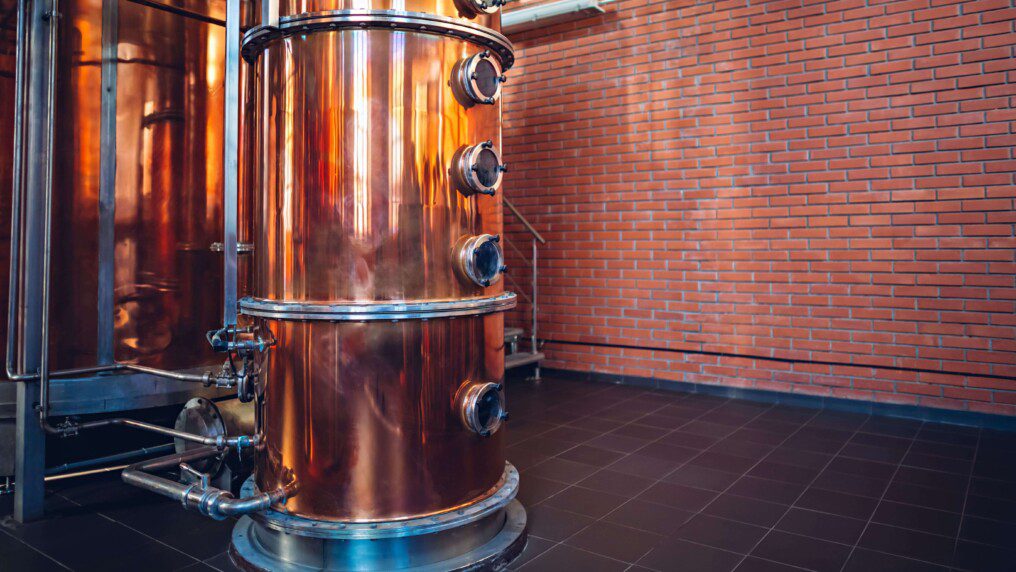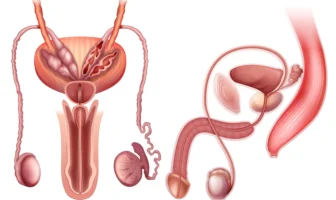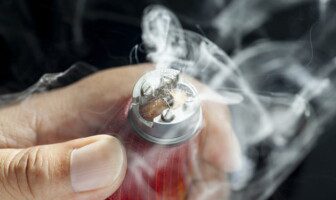
The bar and party scenes have been around forever, and most of us enjoy it every now and then. Let’s know some facts about fake alcohol.
With drinks being sold or passed around, there are always risks to be aware of. There are risks you may not have heard of yet that are just as important.
Let’s discuss what you need to know about fake alcohol.
What It Is:
Fake alcohol is exactly what it sounds like, but why would anybody sell or distribute it?
There are many health risks associated with alcohol of all types. However, it is even more critical to understand the risks that come with certain types of fake alcohol, but what is it?
Well, it comes in many varieties.
Substitution:
This is a common one, and it isn’t dangerous unless the regulated alcohol it is being substituted for causes an allergic reaction that wouldn’t have come with your order, but that is unlikely.
Bartenders or bar owners may want to make more of a profit and substitute the content of a bottle of expensive alcohol for a cheaper, more common form.
Vodka is the most commonly substituted because of its clear color and neutral taste.
Watering Down:
Watering down alcohol has been commonly used in bars, as well as if you were under 21 and didn’t want your parents to know you had a sip or two of their white wine.
This is very easily done with open bottles in bars, and can substantially increase a bar’s profit margins.
While many shady bars may choose to do this, it is easy to catch when ordered without ice or mixers. Making it a bigger risk for them being caught.
Counterfeit Alcohol:
Okay, this is the heart and soul of this topic. Counterfeit alcohol is not substituting for a different brand. It is distilled illegally and is marketed and sold as a licensed product.
Amateur-distilled alcohol is not regulated and can be made of anything.
With shady bars and liquor stores being caught at higher rates, this is where it becomes dangerous, so let’s talk about it.
7 Things to Know About Fake Alcohol:
Counterfeit alcohol is becoming an issue in the U.S. that is worth preparing yourself for.
From the health risks to avoiding it, here is what you need to know about fake alcohol.
1. It’s More Common Than You Think:
You probably know about bootleg drinks from your high school history class when you learned about the prohibition.
Illegal moonshine or bootleg liquor is still flowing at a high rate in the southern states of the U.S., according to ABC News. Distributors have been caught with enough equipment to make 1.5 million gallons of illegal moonshine.
Okay, but if it’s so popular and people are still buying it, what’s the problem?
2. It’s Dangerous:
Producers of counterfeit alcohol, other than the high-level moonshiners, often lack the equipment necessary to properly distill the alcohol.
It takes four days for the average distillation time for vodka. After four days, vodka is still basically ethanol and water that has traditionally been made from grains or potatoes and water.
The counterfeit alcohol producers have found ways to cut the process short and mix water with methanol and other indigestible alcohol compounds and chemicals, which can lead to harmful side-effects, including:
- Seizures
- Nausea and vomiting
- Coma
- Death – This is in extreme cases when ingesting high doses.
If you think you have consumed fake alcohol, seek medical attention immediately.
3. You Can Spot It:
There are ways to recognize fake alcohol before consuming it. This is your best defense to avoiding the health risks associated with methanol.
When trying to spot fake alcohol, look for the 3 Ps:
- Price – If a deal sounds too good to be true, it probably is.
- Place – Go to reputable distributors.
- Packaging – Closed containers that say the brand you are ordering is the safest.
No brand or type of alcoholic beverage is immune to fake alcohol manufacturers. although fake vodka is a favorite to them, nothing is safe.
Here are some tips on how to spot a fake whiskey.
4. Fake Alcohol Keeps Other Illegal Markets Afloat:
People who distill fake alcohol need many things to be successful with their sales.
Fake alcohol-makers will require counterfeit bottles, caps, and labels in order to distribute their product.
That goes to show how big this has become. It is clearly a growing industry that needs to be addressed.
5. Legal Sellers Might Not Know About It:
Because of the convincing packaging that some high-end counterfeiters use, some bar or liquor store owners may not even know they are selling fake alcohol.
They may believe they are purchasing the alcohol from a 3rd party wholesaler who managed to get the product for a discounted price.
It can be an honest mistake on the retailer’s end. So it is best to be careful, even if you know the owner.
6. It is Federally Illegal:
Alcohol is a controlled substance. Producing or even possessing unregulated moonshine is a crime across all 50 U.S. states, and is punishable by up to 5 years in prison and a $10,000 fine.
But if sellers and buyers aren’t always aware of the crime, it’s best to be careful. If you are in possession of fake alcohol, learn how to find the right attorney for you.
If you are unsure if you are in possession, here is what you should do.
7. What To Do:
If you think you have consumed counterfeit alcohol, seek medical attention first.
If you consumed it or believe you are in possession of fake alcohol, and this was purchased at a licensed alcohol distributor, report the violation to prevent further victimization. It can save a life.
Next Steps:
Enjoy your weekends, but drink with caution. Be aware of the risks of fake alcohol, and how to spot it.
Drink or purchase alcoholic beverages at reputable establishments, and report any possible violation.
When it comes to alcohol in general, stay safe, and be aware of the risks and intervene if a loved one is struggling with alcohol addiction.
Read Also:




























